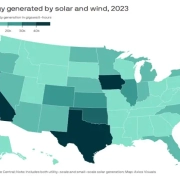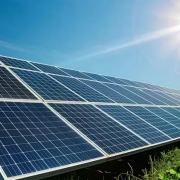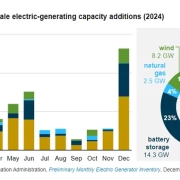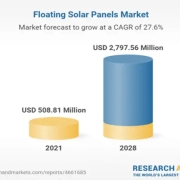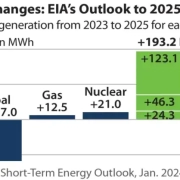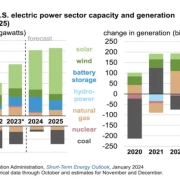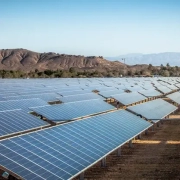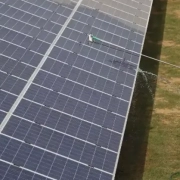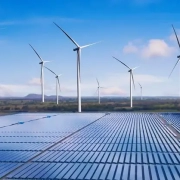California, Texas and Florida are leading the country in terms of solar power generation, while Texas, Iowa and Oklahoma are the leaders in wind energy, per a new analysis.
Why it matters: Solar and wind power are producing a comparatively small but growing share of America’s overall energy supply — yet they make up a bigger slice of the energy pie in some states compared to others.
The big picture: Solar installations generated nearly 240,000 gigawatt-hours (GWh) of electricity across the U.S. in 2023, per the analysis from Climate Central, a climate research nonprofit.
Click here to read the full article
Source: AXIOS
—
If you have any questions or thoughts about the topic, feel free to contact us here or leave a comment below.

